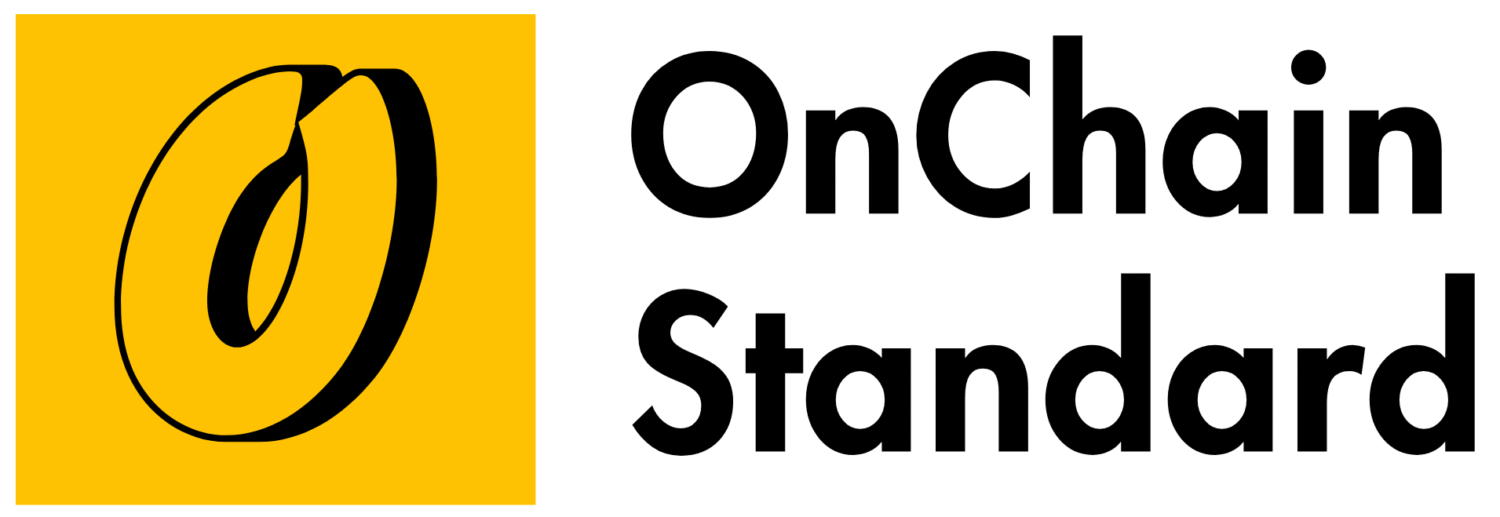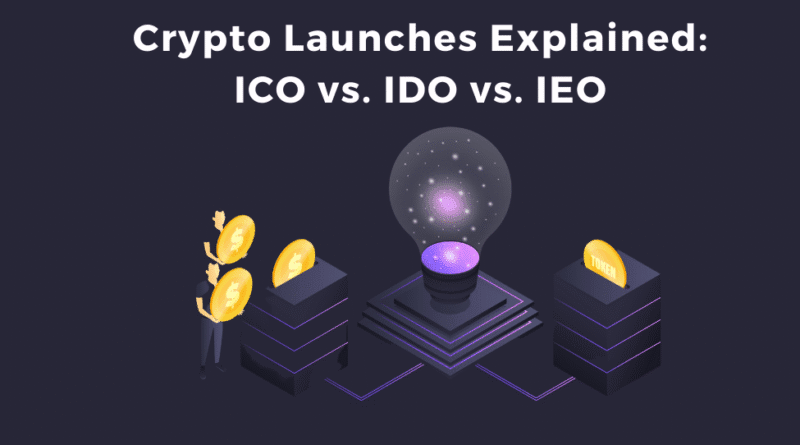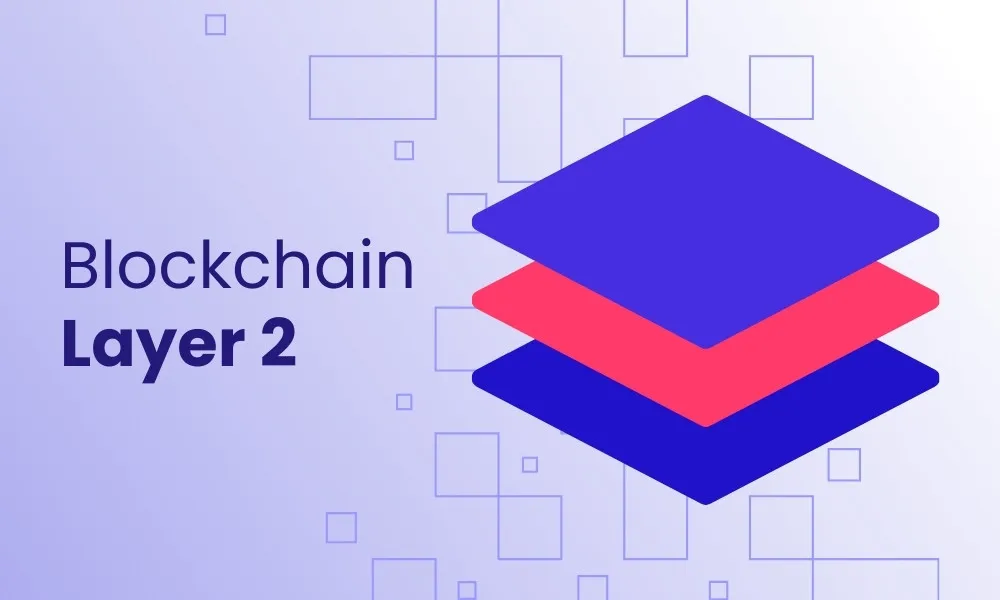ICOs, IDOs & IEOs Explained: What They Are and How to Evaluate Them in 2025
Introduction
In the $3 trillion cryptocurrency market of 2025, Initial Coin Offerings (ICOs), Initial DEX Offerings (IDOs), and Initial Exchange Offerings (IEOs) remain popular fundraising methods for blockchain projects. These mechanisms allow startups to raise capital by issuing tokens, but they differ in structure, platforms, and risks. With scams costing investors $3.7 billion in 2024, evaluating these offerings is critical to avoid losses. This educational guide explains ICOs, IDOs, and IEOs, their mechanics, benefits, risks, and a step-by-step approach to assess their legitimacy and potential in 2025.
What Are ICOs, IDOs, and IEOs?
These are crowdfunding methods where blockchain projects sell tokens to raise funds, typically for development, marketing, or operations. Each operates differently:
1. Initial Coin Offering (ICO)
-
Definition: A project sells tokens directly to investors, often through its website, to raise funds without intermediaries. Popularized in 2017, ICOs funded projects like Ethereum ($18 million raised).
-
Mechanics: Investors send crypto (e.g., ETH, BTC) to a project’s wallet, receiving tokens in return. Funds are managed by the project team.
-
Example: A DeFi project launches an ICO, raising $5 million in ETH for a new lending protocol, selling tokens at $0.10 each.
-
Status in 2025: Less common due to scams ($1 billion lost in 2017–2018), but still used by unregulated projects.
2. Initial DEX Offering (IDO)
-
Definition: Tokens are sold through decentralized exchanges (DEXs) like Uniswap or PancakeSwap, leveraging automated market makers (AMMs) and liquidity pools.
-
Mechanics: Projects list tokens on a DEX, often with a launchpad (e.g., Polkastarter) managing the sale. Investors buy tokens using stablecoins or native tokens (e.g., USDC, BNB).
-
Example: A Solana-based NFT project raises $2 million via Raydium, offering tokens at $0.50 with instant liquidity.
-
Status in 2025: Popular for DeFi and NFT projects, with $10 billion raised via IDOs in 2024, driven by decentralization and accessibility.
3. Initial Exchange Offerings (IEO)
-
Definition: A centralized exchange (e.g., Binance, KuCoin) hosts the token sale, vetting projects and managing the process.
-
Mechanics: Investors buy tokens through the exchange’s platform, requiring KYC/AML compliance. The exchange ensures liquidity and credibility.
-
Example: Binance Launchpad hosts an IEO for a gaming token, raising $15 million at $1 per token, with vetted project details.
-
Status in 2025: Preferred for regulatory compliance, with $5 billion raised in 2024, but limited to exchange users.
Comparing ICOs, IDOs, and IEOs
|
Aspect |
ICO |
IDO |
IEO |
|---|---|---|---|
|
Platform |
Project website |
DEX (e.g., Uniswap, Raydium) |
CEX (e.g., Binance, KuCoin) |
|
Regulation |
Minimal, often unregulated |
Decentralized, low regulation |
Regulated, KYC/AML required |
|
Accessibility |
Open to all |
Open, wallet-based |
Exchange users only |
|
Liquidity |
Delayed, team-dependent |
Immediate via DEX pools |
Immediate via exchange |
|
Trust |
High scam risk |
Moderate, depends on DEX |
Higher, exchange-vetted |
|
Cost to Investors |
Low fees, high risk |
Gas fees (e.g., $2–$5 ETH) |
Exchange fees (0.1–2%) |
|
Examples |
Ethereum (2014), $18 million |
SushiSwap (2020), $1 million |
Binance’s BNB (2017), $15 million |
Benefits
ICOs
-
Accessibility: Open to anyone with a wallet, no KYC needed.
-
High Potential: Early investments can yield high returns (e.g., Ethereum ICO investors gained 10,000x).
-
Innovation: Funds cutting-edge projects without gatekeepers.
IDOs
-
Immediate Liquidity: Tokens are tradable on DEXs post-sale, unlike ICOs.
-
Decentralization: No central authority, aligning with blockchain ethos.
-
Low Barriers: Accessible via wallets like MetaMask, with $10 billion in IDO volume in 2024.
IEOs
-
Credibility: Exchange vetting reduces scam risks (e.g., Binance Launchpad’s 90% success rate).
-
Liquidity: Instant trading on exchanges with $100 billion daily volume in 2025.
-
Regulatory Compliance: Aligns with 2025’s MiCA (EU) and GENIUS Act (U.S.), ensuring investor protections.
Risks
ICOs
-
Scams: Unregulated nature led to $1 billion in 2017–2018 losses (e.g., Bitconnect Ponzi).
-
No Liquidity: Tokens may not list on exchanges, leaving investors with illiquid assets.
-
Team Risks: Funds may be mismanaged, as seen in 2024’s $500 million rug pulls.
IDOs
-
Rug Pulls: Unlocked liquidity pools risk developer exits, costing $200 million in 2024.
-
High Gas Fees: Ethereum IDOs can cost $5–$50 in fees, eroding small investments.
-
Volatility: Immediate trading leads to 20–50% price swings post-launch.
IEOs
-
Exchange Dependence: Limited to platform users, with fees (e.g., 2% on Coinbase) cutting returns.
-
Regulatory Risks: KYC/AML requirements may exclude some investors, and exchanges face freezes (e.g., Binance’s $4.3 billion settlement in 2024).
-
Limited Access: Oversubscribed IEOs (e.g., Binance Launchpad) restrict allocations.
How to Evaluate ICOs, IDOs, and IEOs
To make informed investment decisions in 2025, follow these steps to assess offerings:
1. Research the Project Team
-
Check Background: Verify team members’ credentials on LinkedIn or GitHub. Anonymous teams raise red flags (e.g., 70% of 2024 rug pulls had no team disclosure).
-
Experience: Look for blockchain or tech expertise, like Ethereum’s team in 2014.
-
Example: A DeFi project with developers from AAVE or Uniswap is more credible.
2. Review the Whitepaper
-
Key Elements: Assess the problem, solution, tokenomics, and roadmap. A clear use case (e.g., Solana’s high-throughput DeFi) signals legitimacy.
-
Red Flags: Vague goals, unrealistic promises (e.g., 50% monthly returns), or plagiarized content.
-
Example: Check if the whitepaper details token supply (e.g., 1 billion tokens, 20% for team) and vesting schedules.
3. Analyze Tokenomics
-
Supply and Allocation: Ensure balanced distribution (e.g., <20% to team, 50%+ to community). High team allocations risk dumps.
-
Vesting Periods: Look for 12–24 month lock-ups to prevent early sell-offs.
-
Utility: Confirm tokens have real use (e.g., governance in UNI, staking in ADA).
-
Example: A token with 40% supply in one wallet, flagged by Token Sniffer, is risky.
4. Verify Smart Contracts
-
Use Tools: Analyze contracts with Token Sniffer (scores 0–100) or GoPlus Security for honeypots and rug pull risks.
-
Audit Reports: Check for audits by firms like CertiK or PeckShield, reducing scam risks (e.g., $100 million in honeypot losses in 2024).
-
Example: A Token Sniffer score of 85/100 and a CertiK audit indicate a safer IDO.
5. Assess Liquidity and Exchange Plans
-
ICOs: Confirm plans for exchange listings (e.g., Binance, KuCoin) to ensure liquidity. Lack of listings risks illiquidity.
-
IDOs: Verify liquidity pool locks (e.g., via UNCX, 6–12 months) to prevent rug pulls.
-
IEOs: Exchanges guarantee liquidity, but check listing fees and trading volume.
-
Example: An IDO on Raydium with $1 million locked liquidity for 12 months is safer than an unlocked pool.
6. Check Community and Transparency
-
Engagement: Active communities on X, Telegram, or Discord (e.g., 10,000+ members) signal trust. Verify official channels to avoid scams.
-
Transparency: Look for public team updates, AMAs, or GitHub activity (e.g., 100+ commits for Solana-based projects).
-
Example: A project with verified X accounts and regular GitHub updates is more credible.
7. Monitor Regulatory Compliance
-
ICOs/IDOs: Often unregulated, increasing scam risks. Check for KYC or AML compliance in jurisdictions like the EU (MiCA).
-
IEOs: Exchanges enforce KYC/AML, aligning with 2025’s GENIUS Act (U.S.) or MiCA (EU).
-
Example: An IEO on Binance requiring KYC is safer than an unregulated ICO.
8. Use Onchain Analysis
-
Track Wallets: Use Etherscan or Nansen to monitor team wallets for suspicious transfers (e.g., large dumps pre-launch).
-
Liquidity Pools: Check DexCheck for pool activity and whale buys, indicating demand.
-
Example: A $2 million ETH deposit to a Uniswap pool, tracked via Nansen, signals strong backing.
Practical Examples
-
ICO Evaluation (New DeFi Project):
-
Details: Raises $3 million in ETH, tokens at $0.20, no KYC, website-based.
-
Analysis: Token Sniffer scores 40/100 (unverified contract, 50% team allocation). No audit, anonymous team.
-
Decision: Avoid due to high scam risk.
-
-
IDO on Raydium (Solana NFT Project):
-
Details: Raises $1 million in SOL, tokens at $0.50, listed on Raydium with 12-month liquidity lock.
-
Analysis: Token Sniffer scores 80/100, CertiK audit, 20% team allocation with 18-month vesting. Active Telegram (15,000 members).
-
Decision: Invest $1,000, as locked liquidity and audits reduce risks.
-
-
IEO on Binance Launchpad (Gaming Token):
-
Details: Raises $10 million, tokens at $1, KYC required, immediate Binance listing.
-
Analysis: Binance vetting, 90% success rate for Launchpad projects, clear whitepaper, 10% team allocation with 24-month vesting.
-
Decision: Allocate $2,000, leveraging exchange credibility and liquidity.
-
Tips for Safe Evaluation
-
Use Trusted Tools: Token Sniffer, GoPlus, and Etherscan to verify contracts and wallet activity.
-
Start Small: Invest $100–$1,000 in high-risk ICOs/IDOs to limit exposure.
-
Check Liquidity Locks: Ensure 6–12 month locks for IDOs via UNCX or Team.Finance.
-
Avoid Hype: Ignore X or Telegram pumps; verify projects via official channels.
-
Secure Investments: Use cold wallets (e.g., Ledger Nano X, $149) for token storage, protecting against $1.2 billion in 2024 hacks.
-
Stay Informed: Follow regulatory updates (e.g., MiCA, GENIUS Act) on CoinGecko or X (@CoinGecko) to assess compliance risks.
Challenges and Considerations
-
Scam Prevalence: ICOs and IDOs face high scam risks, with $500 million in rug pulls in 2024. Always vet with Token Sniffer.
-
Volatility: Tokens can swing 20–50% post-launch, requiring risk management (e.g., stop-losses for IEOs).
-
Regulatory Uncertainty: Unregulated ICOs/IDOs risk bans in jurisdictions like India, while IEOs face KYC barriers.
-
Due Diligence: Evaluating teams and tokenomics requires time and expertise, challenging for beginners.
-
Fees: IDO gas fees ($5–$50) and IEO trading fees (0.1–2%) reduce returns.
Conclusion
ICOs, IDOs, and IEOs offer unique opportunities to invest in blockchain projects in 2025, but they come with distinct risks and rewards. ICOs provide high potential but lack regulation, IDOs offer decentralization and liquidity, and IEOs ensure credibility via exchanges. Evaluating these offerings requires thorough research—analyzing teams, whitepapers, tokenomics, and smart contracts using tools like Token Sniffer and Etherscan. By prioritizing security, starting small, and staying informed, investors can navigate the $3 trillion crypto market to make informed decisions, balancing innovation with caution in a dynamic ecosystem.




